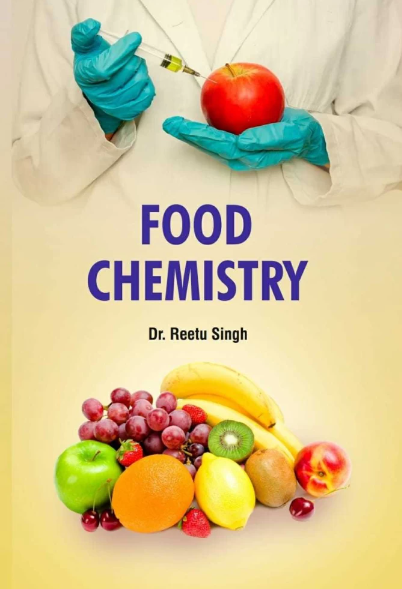Curing strategies and bioactive peptide generation in ham: In vitro digestion and in silico evaluation
IF 8.5
1区 农林科学
Q1 CHEMISTRY, APPLIED
引用次数: 0
Abstract
This study assessed the impact of curing salts and maturation times on peptide production and bioactivity in dry-cured hams using in vitro and in silico methods. Ninety-six hams underwent six curing treatments and two maturation stages (38 % and 42 % weight loss). Mass spectrometry identified bioactive peptides, while in silico tools predicted their bioactivities. Reduced sodium nitrifying salts (treatment IX) and 42 % weight loss showed the most significant results, enhancing low-molecular-weight peptides generation (EE, VG, VD) linked to high functionality. Antioxidant and antihypertensive activities were prominent in samples with 42 % weight loss. Peptides under 1.5 kDa were more abundant at advanced maturation stages. In silico analyses predicted ACE and DPP-IV inhibition and antioxidant effects. Dipeptides like DG, ES, and DV showed similarities to FDA-approved molecules, suggesting potential therapeutic uses. The study highlights those specific treatments boost biopeptides formation, requiring further research on their potential as functional foods or therapeutic agents.
求助全文
约1分钟内获得全文
求助全文
来源期刊

Food Chemistry
工程技术-食品科技
CiteScore
16.30
自引率
10.20%
发文量
3130
审稿时长
122 days
期刊介绍:
Food Chemistry publishes original research papers dealing with the advancement of the chemistry and biochemistry of foods or the analytical methods/ approach used. All papers should focus on the novelty of the research carried out.
 求助内容:
求助内容: 应助结果提醒方式:
应助结果提醒方式:


